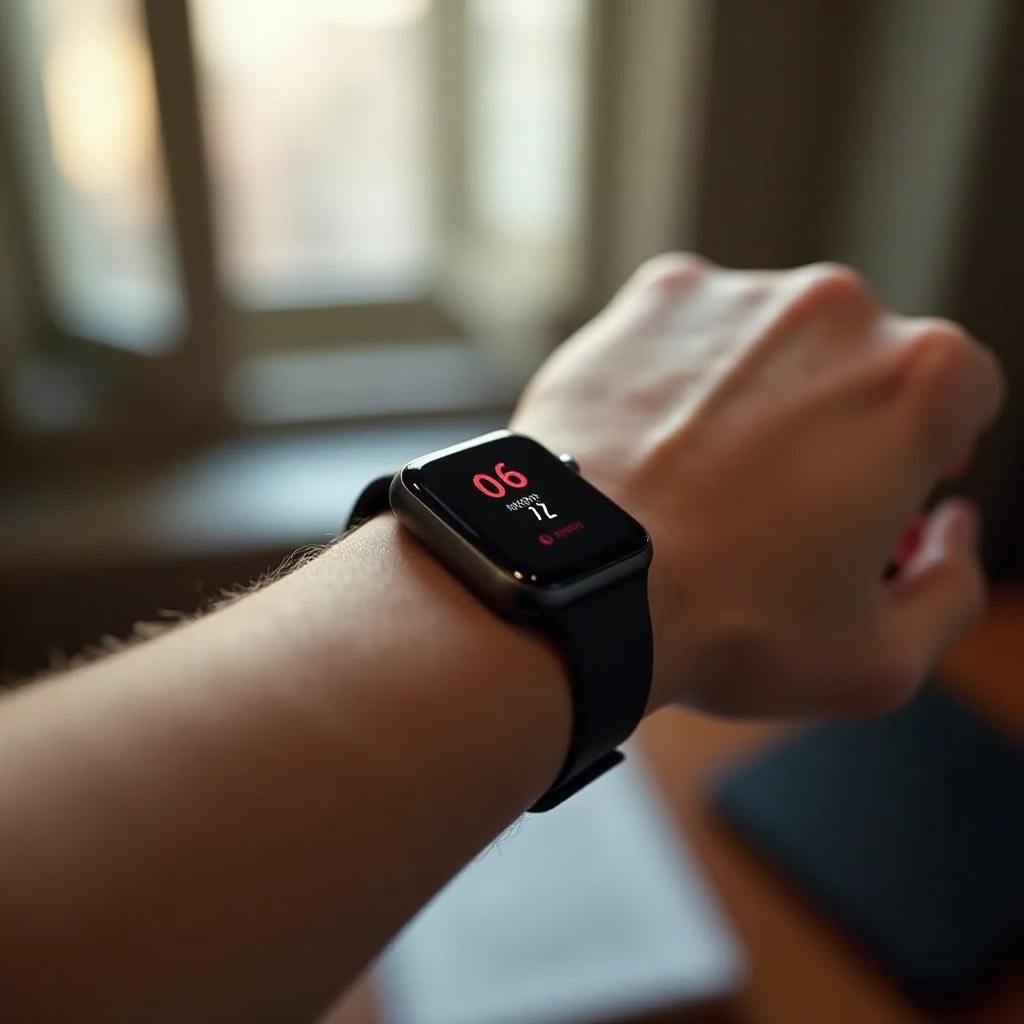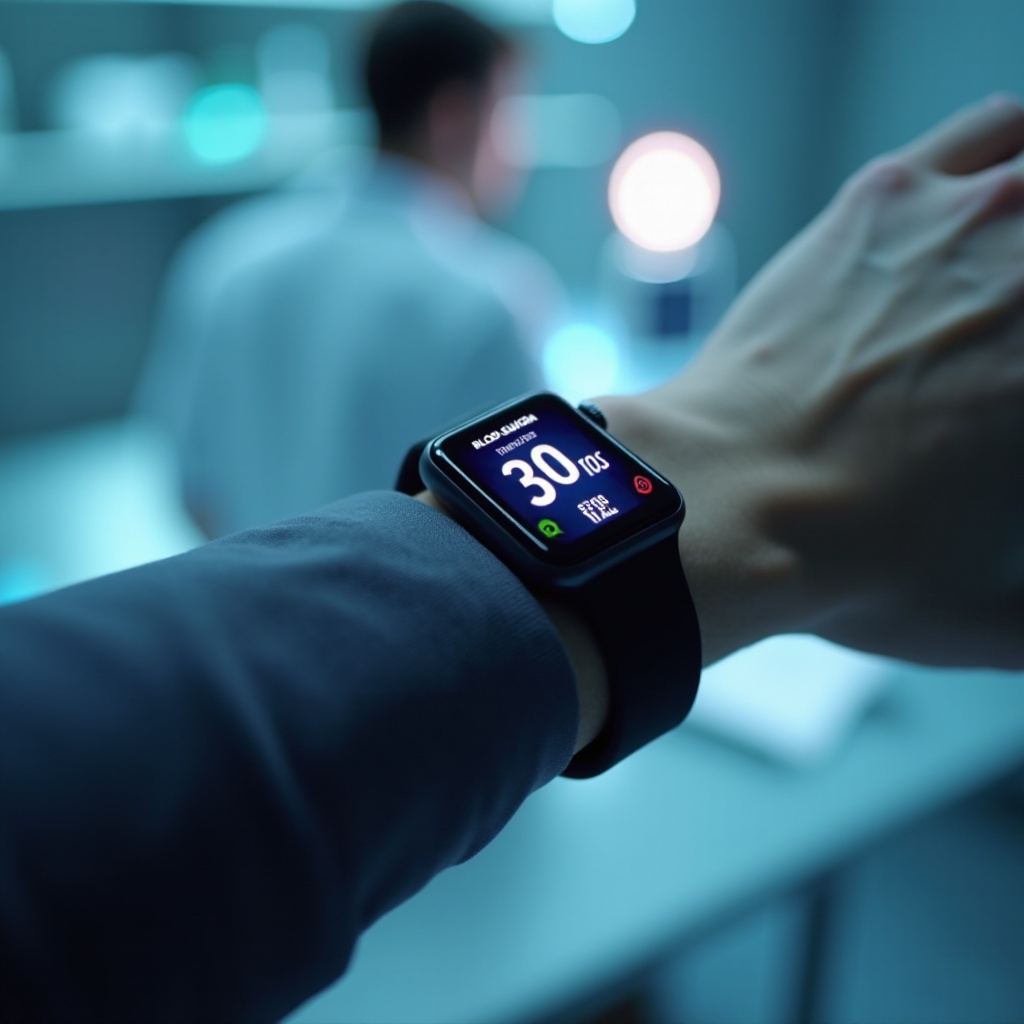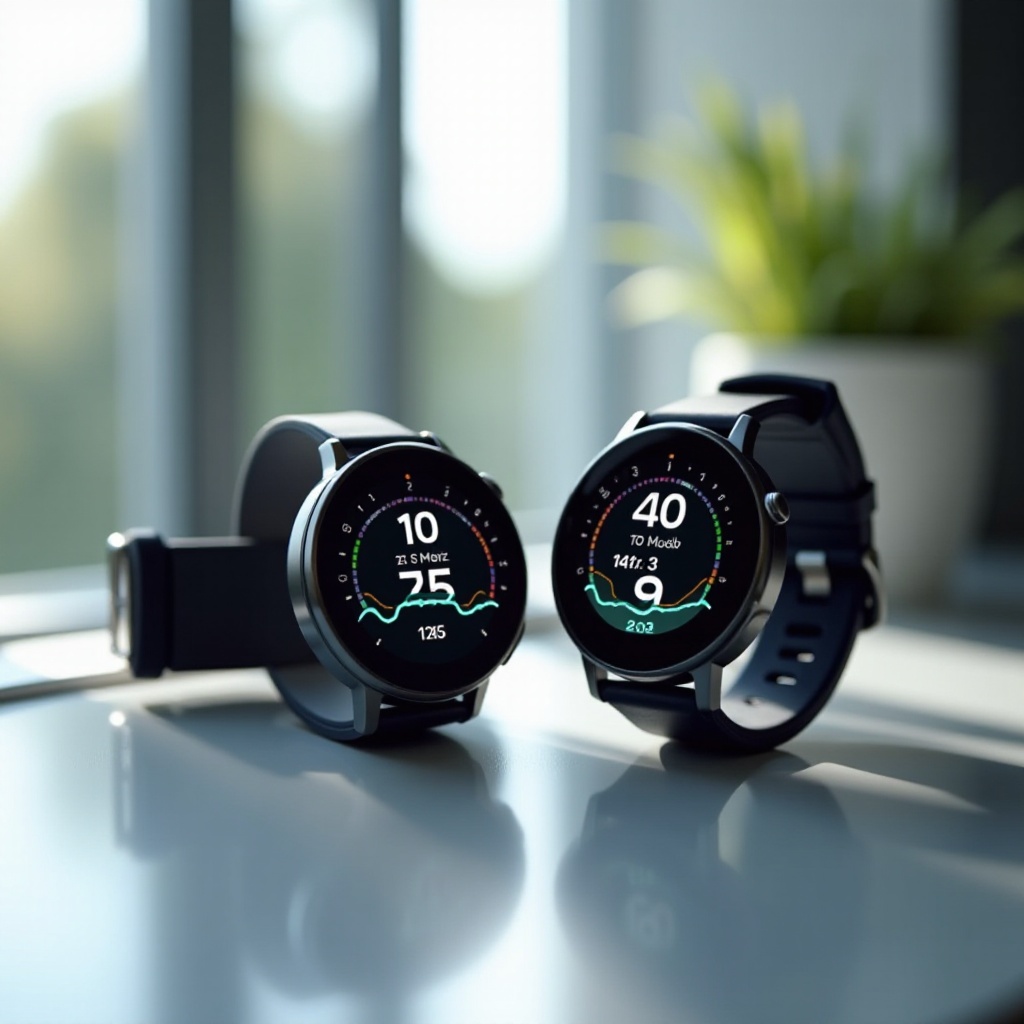Introduction
Advancements in technology have introduced groundbreaking ways to monitor health, including blood sugar levels. Smartwatches are evolving from simple fitness trackers to sophisticated health monitoring devices. Understanding how these devices read blood sugar levels can help users manage their health better.

The Technology Behind Smartwatch Blood Sugar Monitoring
Sensors and algorithms play critical roles in making blood sugar monitoring via smartwatches possible. Traditional methods require blood samples, but modern smartwatches use optical sensors to estimate blood sugar levels. These sensors emit light into the skin and measure how much is reflected back, analyzing the data to provide an estimate of glucose levels.
Notably, smartwatches use advanced algorithms to interpret sensor data. Machine learning techniques enhance the device’s ability to predict blood glucose based on various physiological markers. This combination of hardware and software enables smartwatches to offer non-invasive blood sugar monitoring, bridging the gap between convenience and reliability.

How Smartwatches Measure Blood Sugar Non-Invasively
Smartwatches use a technique called photoplethysmography (PPG) to assess glucose levels. This process involves:
- Emission of Light: The smartwatch emits light (usually green or infrared) into the skin.
- Reflection Analysis: The light that is not absorbed by the tissues is reflected back to sensors.
- Data Interpretation: The smartwatch analyzes the reflected light to detect changes in blood color and volume, which correlate with glucose levels.
These readings are then fed into algorithms that consider other physiological data, like heart rate and skin temperature, to provide more accurate estimates.
Additionally, some smartwatches include dielectric spectroscopy, analyzing changes in dielectric properties of glucose molecules under varying electric fields. This multi-faceted approach ensures more accurate and comprehensive monitoring without needing a blood sample.
Benefits of Using a Smartwatch for Blood Sugar Monitoring
The advantages of using a smartwatch for blood sugar monitoring are numerous:
- Convenience: Unlike traditional methods, there’s no need for a needle or test strips. This non-invasive approach makes it easier to track blood sugar levels consistently.
- Real-Time Monitoring: Smartwatches provide continual glucose tracking, offering real-time feedback that can help users make timely health decisions.
- Integrated Health Data: Blood sugar levels can be monitored alongside other health indicators like heart rate, activity levels, and sleep patterns, giving a holistic view of one’s health.
- Alerts and Reminders: Smartwatches can notify users about irregular glucose levels or remind them to measure their levels at specific times, improving overall diabetes management.
Integrating these health metrics helps individuals maintain better control over their condition, fostering a proactive approach to managing diabetes.
Leading Smartwatch Models for Blood Sugar Monitoring in 2024
The market for health-monitoring smartwatches is expanding. In 2024, several leading smartwatch models have emerged, offering advanced blood sugar monitoring capabilities:
- Apple Watch Series 9: Known for its robust health tracking, this model integrates blood glucose monitoring alongside other health metrics. Apple’s seamless integration with iOS makes data accessibility and analysis user-friendly.
- Fitbit Sense 3: Fitbit’s advanced sensor technology and user-friendly app make it a strong contender. It offers continuous glucose monitoring and valuable health insights.
- Garmin Forerunner 955: This smartwatch is known for its accuracy and durability, providing reliable blood sugar readings with extensive battery life, making it suitable for athletes.
- Samsung Galaxy Watch 6: Samsung’s latest smartwatch features enhanced sensors and improved algorithms for better glucose monitoring accuracy. It also offers comprehensive health tracking features.
These models represent the pinnacle of technology, making blood sugar monitoring more accessible and accurate for users.

The Accuracy and Reliability of Smartwatch Blood Sugar Readings
Accuracy is paramount in blood sugar monitoring. Current smartwatch technology offers impressive, though not perfect, precision. Optical sensors and machine learning algorithms combine to improve the reliability of readings. However, factors like skin tone, ambient light, and proper placement on the wrist can affect accuracy.
Continuous calibration and updates from manufacturers enhance these features. As technology progresses, so too does the reliability of non-invasive blood sugar monitoring. Users should consider their smartwatch as a supplementary tool rather than a complete replacement for traditional methods.
Challenges and Limitations
Despite the advancements in smartwatch technology, several challenges remain:
- Accuracy Variations: Factors like skin tone, hair, and sweat can affect sensor readings, leading to variable accuracy.
- Lag Time: There can be a delay between blood glucose changes and smartwatch readings.
- Battery Life: Continuous monitoring can drain battery life quickly, necessitating frequent recharges.
- Regulatory and Health Approvals: Obtaining medical-grade certification is a lengthy process, sometimes limiting the scope and availability of certain features.
Recognizing these limitations ensures that users maintain realistic expectations and use smartwatches as part of a broader health management strategy.
Future Trends and Developments in Smartwatch Blood Sugar Monitoring
Looking ahead, the future holds promising developments in this field. Integration of more advanced AI algorithms, improved sensors, and incorporation of additional health metrics will enhance the accuracy and functionality of smartwatches. Collaborations with healthcare providers and regulatory bodies will further validate these technologies, making them reliable tools for managing diabetes.
Conclusion
Smartwatches offer a revolutionary approach to monitoring blood sugar levels non-invasively. While not a replacement for traditional methods, they provide a convenient, real-time, and integrated health monitoring solution.
Frequently Asked Questions
How accurate are smartwatches in monitoring blood sugar?
Smartwatches are increasingly accurate, though they may not match the precision of traditional methods. Factors like skin tone and proper sensor placement can influence the readings.
Can smartwatches completely replace traditional blood sugar monitoring methods?
Not completely. Smartwatches are a supplemental tool providing convenience and real-time monitoring but should not wholly replace traditional blood glucose tests.
What factors might affect the reliability of smartwatch blood sugar readings?
Skin tone, wrist hair, sweat, ambient light, and improper placement of the watch can all affect the accuracy of the blood sugar readings.
